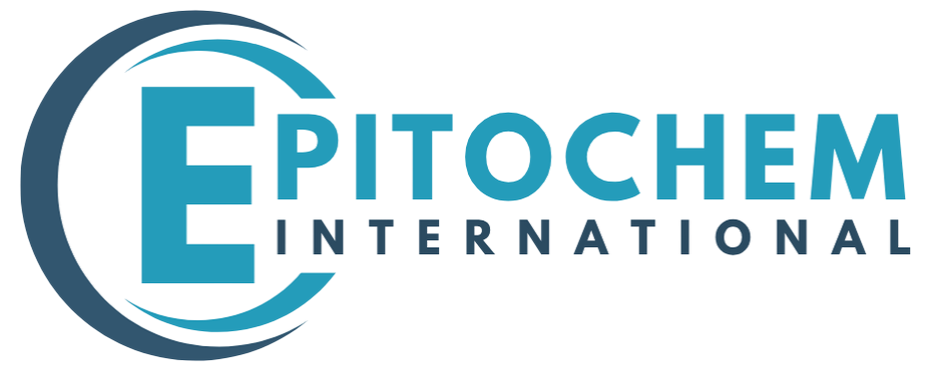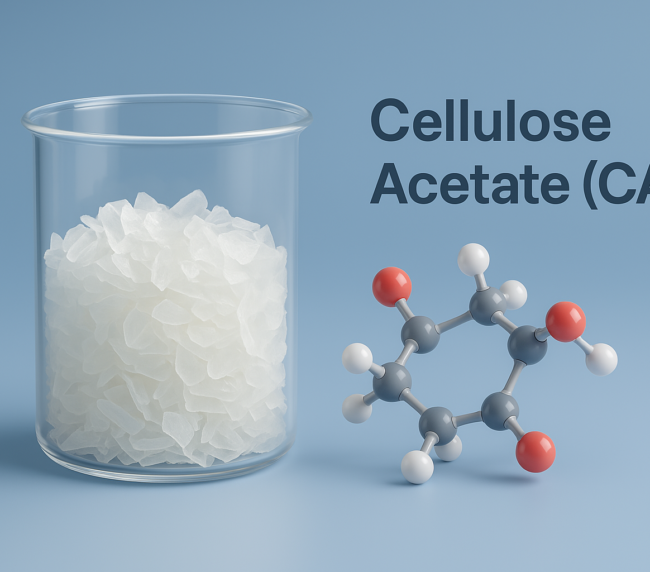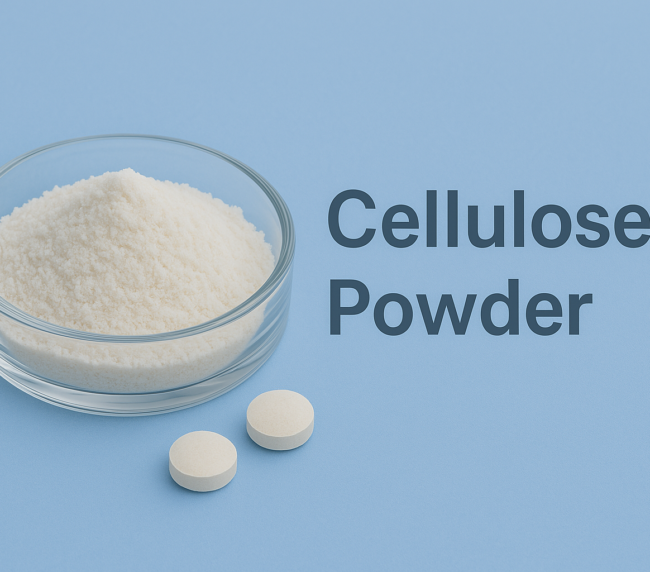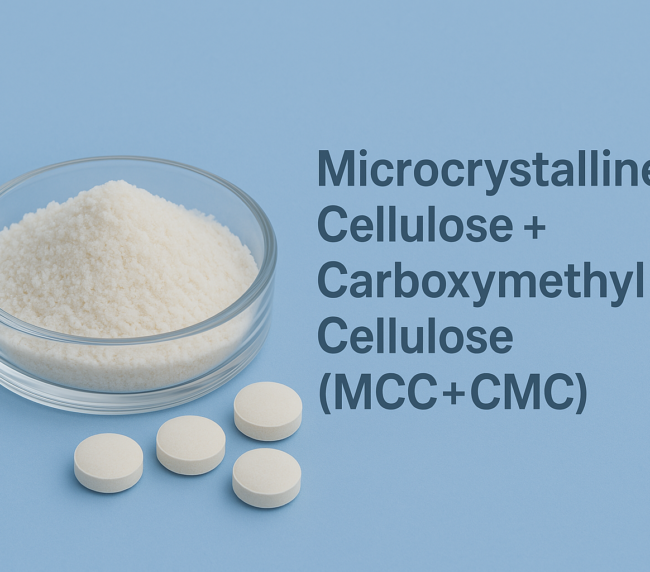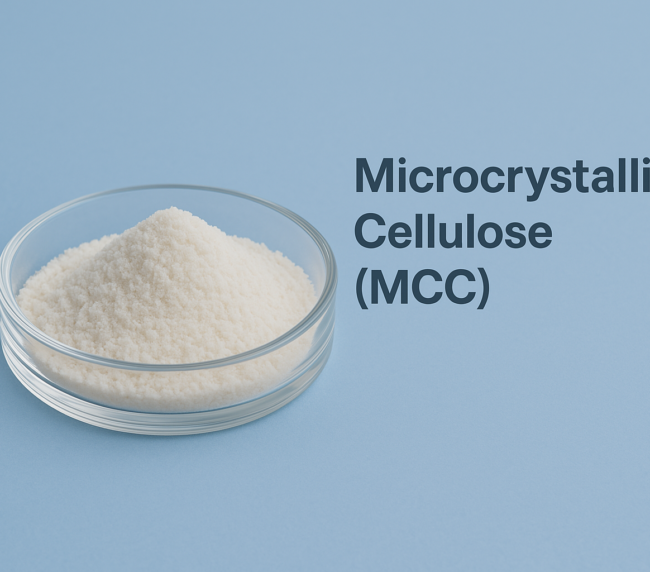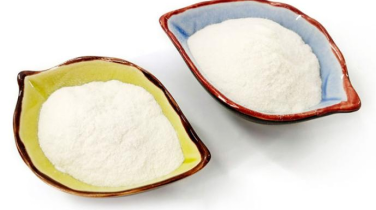
Methylcellulose is a white, fibrous powder or granular substance that is practically odorless and tasteless. It is an important excipient in pharmaceutical formulations, primarily used as a thickener, gelling agent, and stabilizer. The viscosity of methylcellulose varies depending on its grade, and it is typically labeled to indicate the viscosity type, which is determined by measuring the viscosity of a 1 in 50 aqueous solution.
Chemical Name and CAS Registry Number :- Cellulose methyl ether [9004-67-5]
Functional Category :- Coating agent; emulsifying agent; suspending agent; tablet and capsule disintegrant; tablet binder; viscosity-increasing agent.
